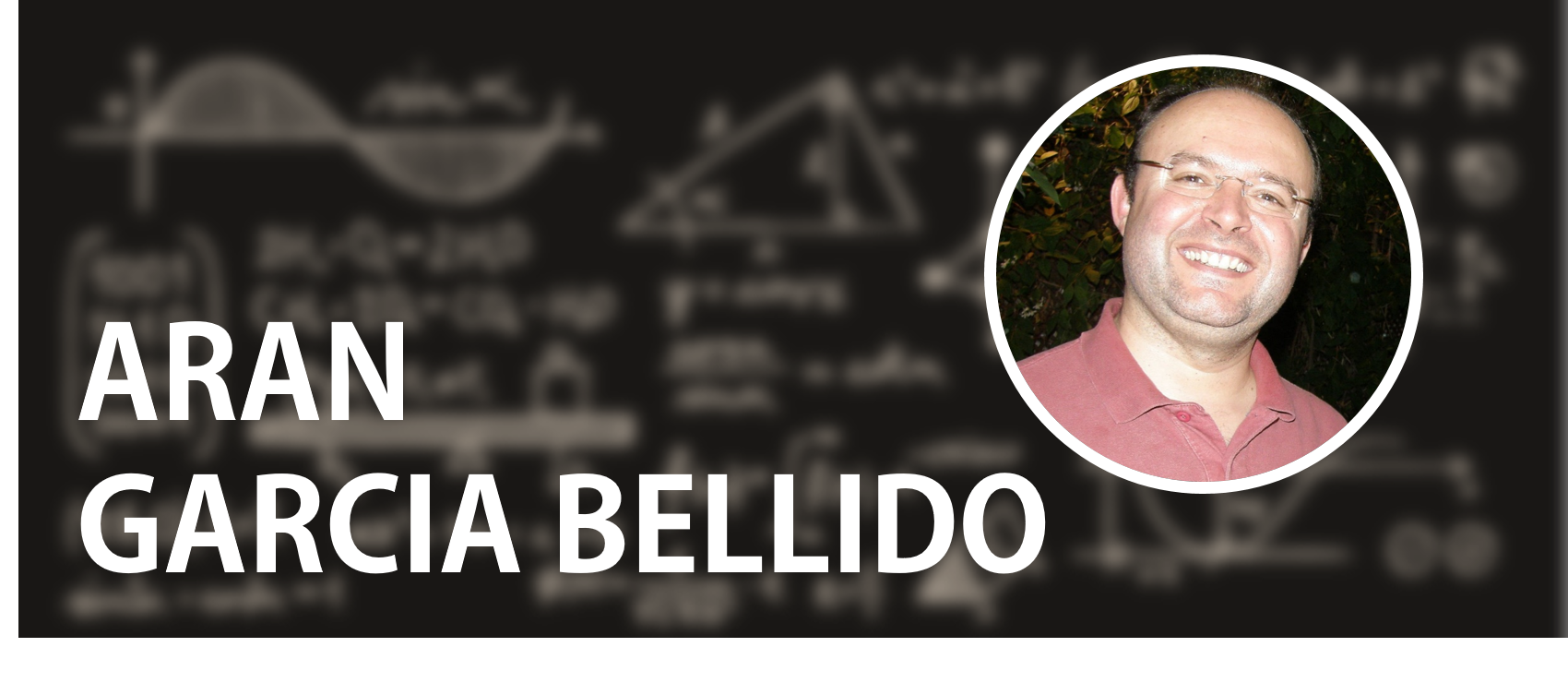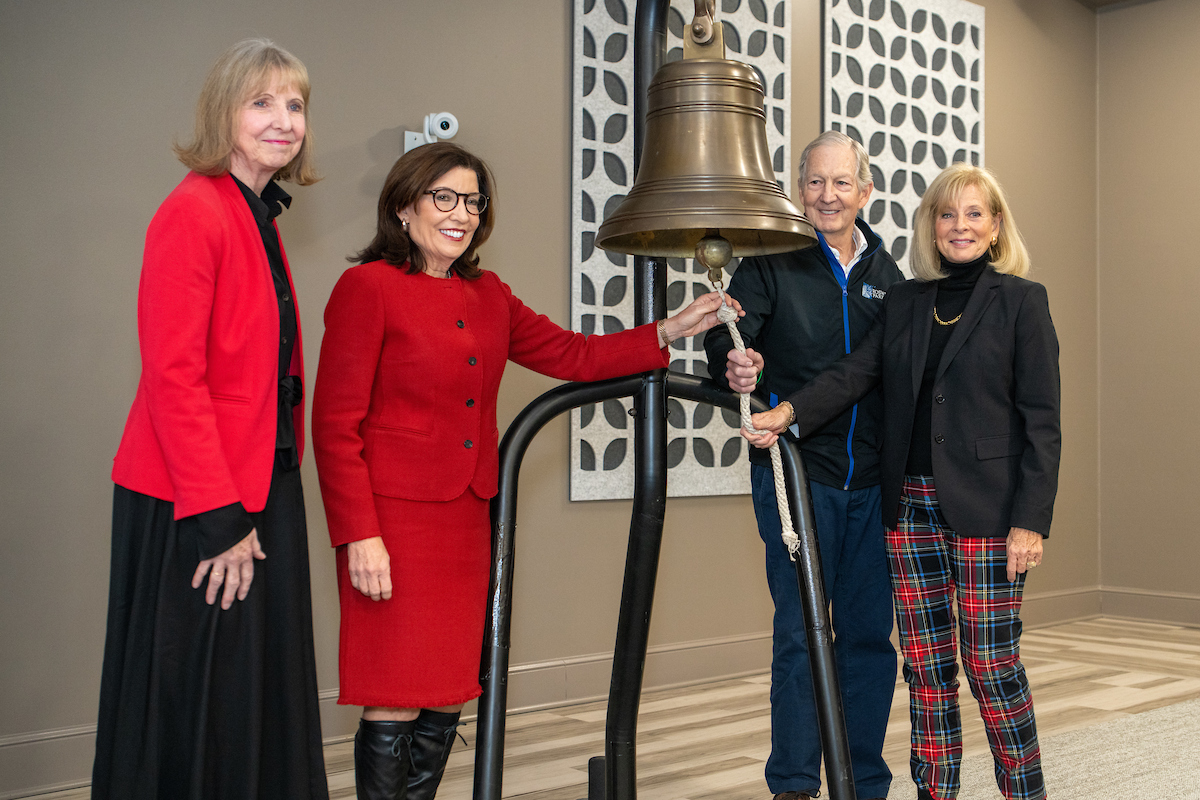WHAT DID THE 2011 EARLY CAREER AWARD ALLOW YOU TO DO?
At the time of my award in 2010, the Large Hadron Collider (LHC) at CERN was starting to take data at an unprecedented energy. We had several tasks at hand: (1) review the well-known physics processes to make sure the international CMS collaboration at the LHC understood the detectors well, (2) search for the Higgs boson, and (3) hunt for new physics beyond the Standard Model.
The 2011 DOE Early Career award allowed to me transition from a program establishing the rare production of top quarks with bottom quarks at the proton-antiproton Tevatron collider at the Fermi National Accelerator Laboratory, to establishing a group at the LHC focused on making an impact on the first and third goals of the LHC program – discover the missing element of the Standard Model, namely the Higgs boson and search for possible new generations of quarks or leptons.
Initially, the main thrust of my research at the LHC was the search for Supersymmetry. The higher the energy of the collisions, the heavier the particles that we can produce at the LHC. That’s why I was sure that we would discover Supersymmetry before the Higgs boson… (how wrong was I!). Our analysis looked (without relying too much on theoretical predictions) for deviations in events with jets [Ed. Note: a jet is the cloud of particles, flying in roughly the same direction, pulled by a single quark or gluon that flies off from a collision.] (including bottom quarks) and missing energy. As the data accumulated with no signs of Supersymmetry, we expanded our search to look in experimentally difficult regions of our data, where there is a lot of noise.
We now have excluded most simple theoretical models of Supersymmetry within reach at the LHC. My group is currently looking for more exotic models, where the new particles hide inside the jets.
For the duration of the award, I was able to hire two postdocs and two students. They operated the Hadron Calorimeter in our CMS experiment, from triggering and laser calibration to data quality. They provided general tools for the whole collaboration to better understand the measured energy of jets and identify those jets that originate from a bottom-quark.
Finally, we have also contributed to the precision measurement of top quark pair production. This has yielded surprises that challenge our current theoretical simulation of this very well-established process.
We keep pushing the valuable data from the LHC to its limits: to extract information with precision measurements and to search for new phenomena.
ABOUT:
Arán Garcia-Bellido is an associate professor in the Department of Physics and Astronomy at the University of Rochester.
SUPPORTING THE DOE SC MISSION:
The Early Career Research Program provides financial support that is foundational to early career investigators, enabling them to define and direct independent research in areas important to DOE missions. The development of outstanding scientists and research leaders is of paramount importance to the Department of Energy Office of Science. By investing in the next generation of researchers, the Office of Science champions lifelong careers in discovery science.
For more information, please go to the Early Career Research Program.
THE 2011 PROJECT ABSTRACT:
Precision Physics and Searches with Top and Bottom Quarks
The aims of this project are (1) to measure with high precision how top quarks interact with bottom quarks in the Standard Model of particle physics and (2) to search for new heavy particles that decay into top and bottom quarks.
We propose to use the large available data from Fermilab’s Tevatron proton‐antiproton collider and the high‐statistics data from CERN’s Large Hadron Collider (LHC) proton‐proton collider to comprehensively exploit the different production mechanisms and conditions in the two colliders. Final states with top and bottom quarks provide a promising avenue to look for physics beyond the Standard Model because top quarks can couple easily with new heavier particles or exhibit anomalous couplings.
Additionally, this project aims to develop new electronics to read out the light signals from the hadronic calorimeter detector in the Compact Muon Solenoid (CMS) experiment.
RESOURCES:
CMS Collaboration, et al., “Search for Supersymmetry in Final States with Missing Transverse Energy and 0, 1, 2, or at Least 3 b-Quark Jets in 7 TeV pp Collisions using the Variable αT.” JHEP 01, 077 (2013). [DOI: 10.1007/JHEP01(2013)077]
CMS Collaboration, et al., “Search for Supersymmetry in Hadronic Final States with Missing Transverse Energy Using the Variables αT and b-Quark Multiplicity in pp collisions at √s=8 TeV.” Eur.Phys.J.C. 73, 9, 2568 (2013). [DOI: 10.1140/epjc/s10052-013-2568-6]
CMS Collaboration, et al., “Search for Natural and Split Supersymmetry in Proton-Proton Collisions at √s=13 TeV in Final States with Jets and Missing Transverse Momentum.” JHEP 05, 025 (2018). [DOI: 10.1007/JHEP05(2018)025]
Additional profiles of the Early Career Research Program award recipients can be found at https://www.energy.gov/science/listings/early-career-program.
The Office of Science is the single largest supporter of basic research in the physical sciences in the United States and is working to address some of the most pressing challenges of our time. For more information, please visit www.energy.gov/science.
Sandra Allen McLean is a Communications Specialist in the Office of Science, Office of Communications and Public Affairs [email protected].



